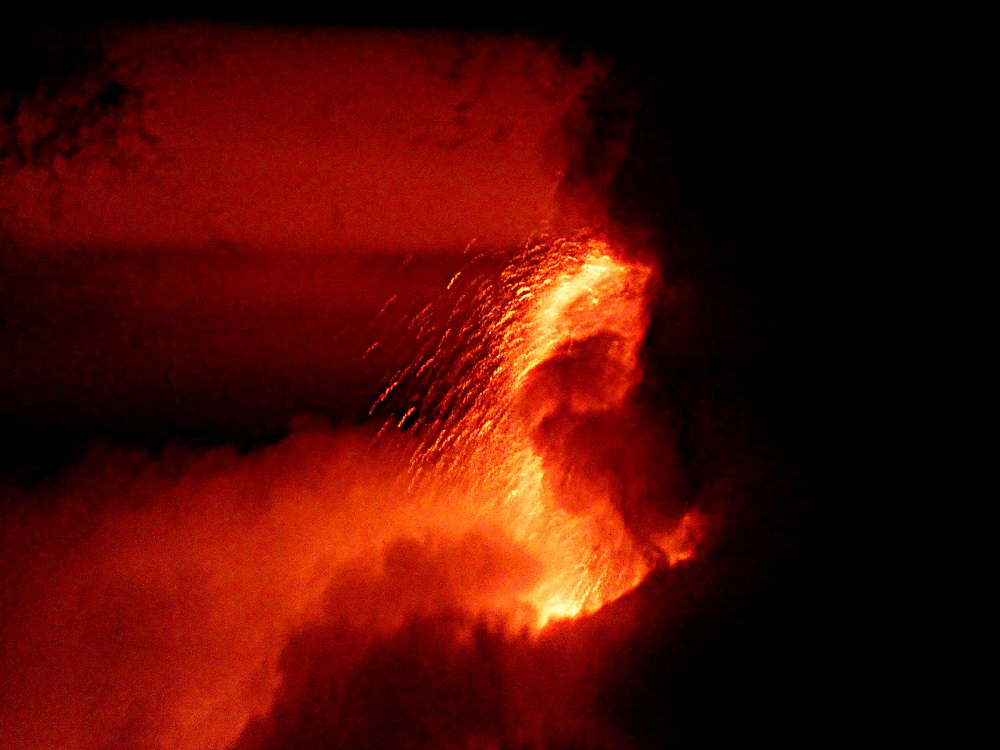Volcanoes – major health dangers
A volcanic eruption is a natural disaster that can cause widespread damage, disruption and multiple health dangers, depending on how close the volcano is to a community and whether there is any warning.

Mt Etna in Italy, erupting on the evening of November 12th 2023
Volcanoes can produce ash particles, toxic gases, flash floods of hot water and debris called ‘lahars’, lava flows, and fast-moving flows of hot gases and debris called ‘pyroclastic flows’.
Some dangers from volcanoes can be predicted ahead of time while others may occur with little or no notice after an eruption. Each volcano and situation is different.
In terms of health dangers, volcanic eruptions can:
- Contaminate water supplies
- Damage infrastructures and machinery
- Reduce visibility through smog and harmful gases that may threaten low-lying areas
- Negatively affect health, increasing the risk of, for example, infectious diseases, breathing difficulties; and irritation to skin, eyes, nose and throat, burns, injuries from falls and road traffic accidents
- Cause secondary events, like floods, landslides and mudslides, if there is accompanying rain, snow or melting ice. Hot ashes can also start wildfires.
Other resource
Last Reviewed on 5 April 2024
